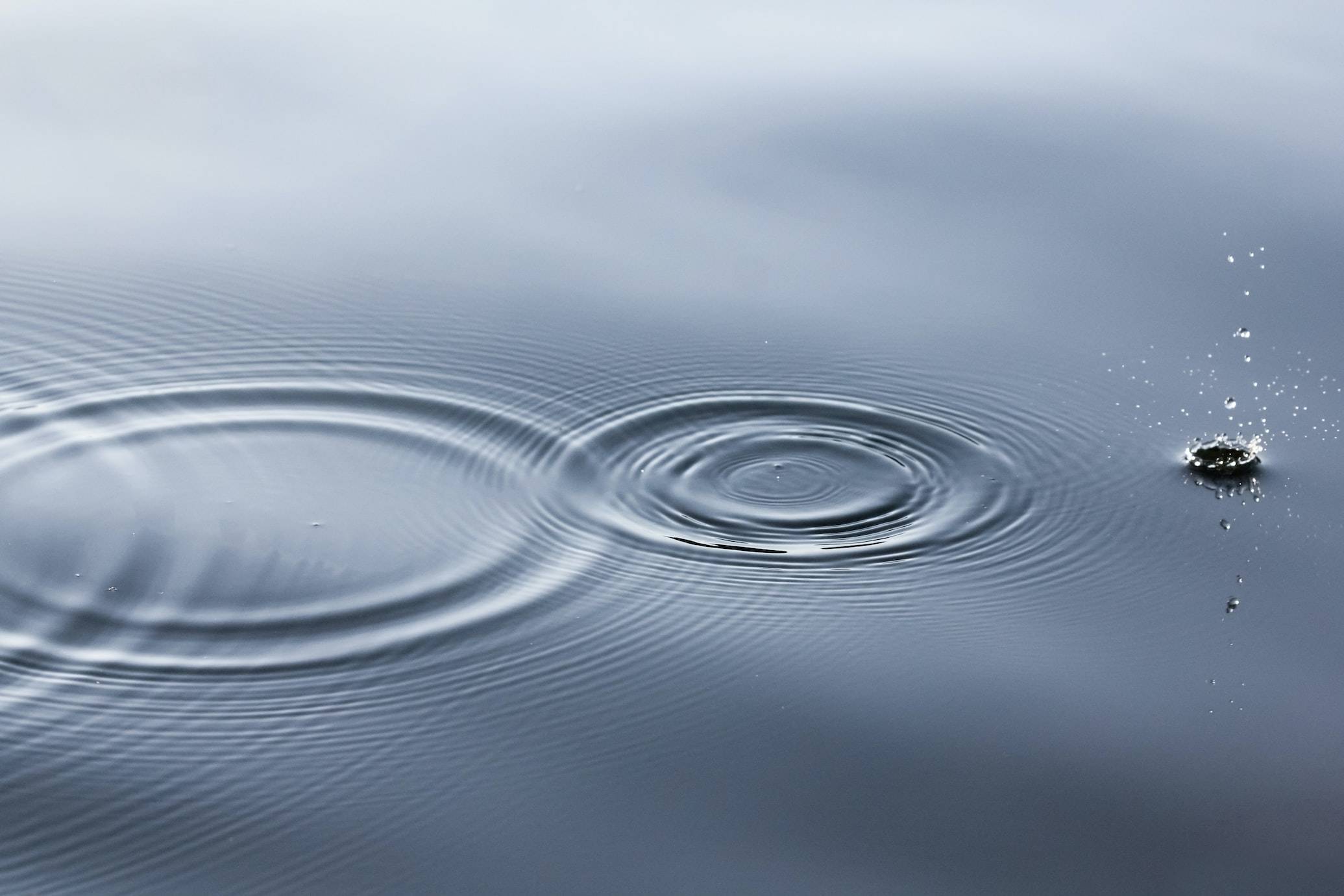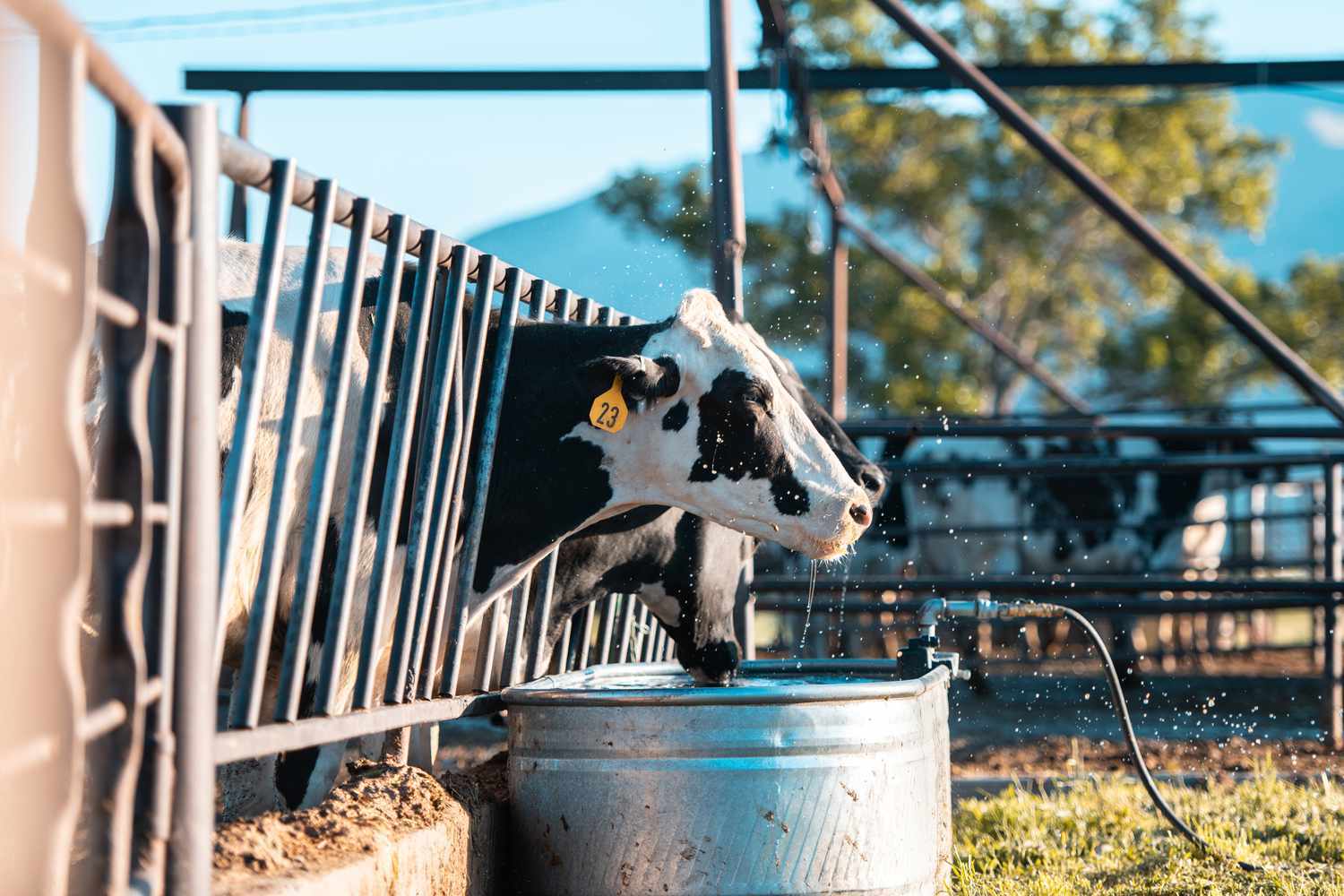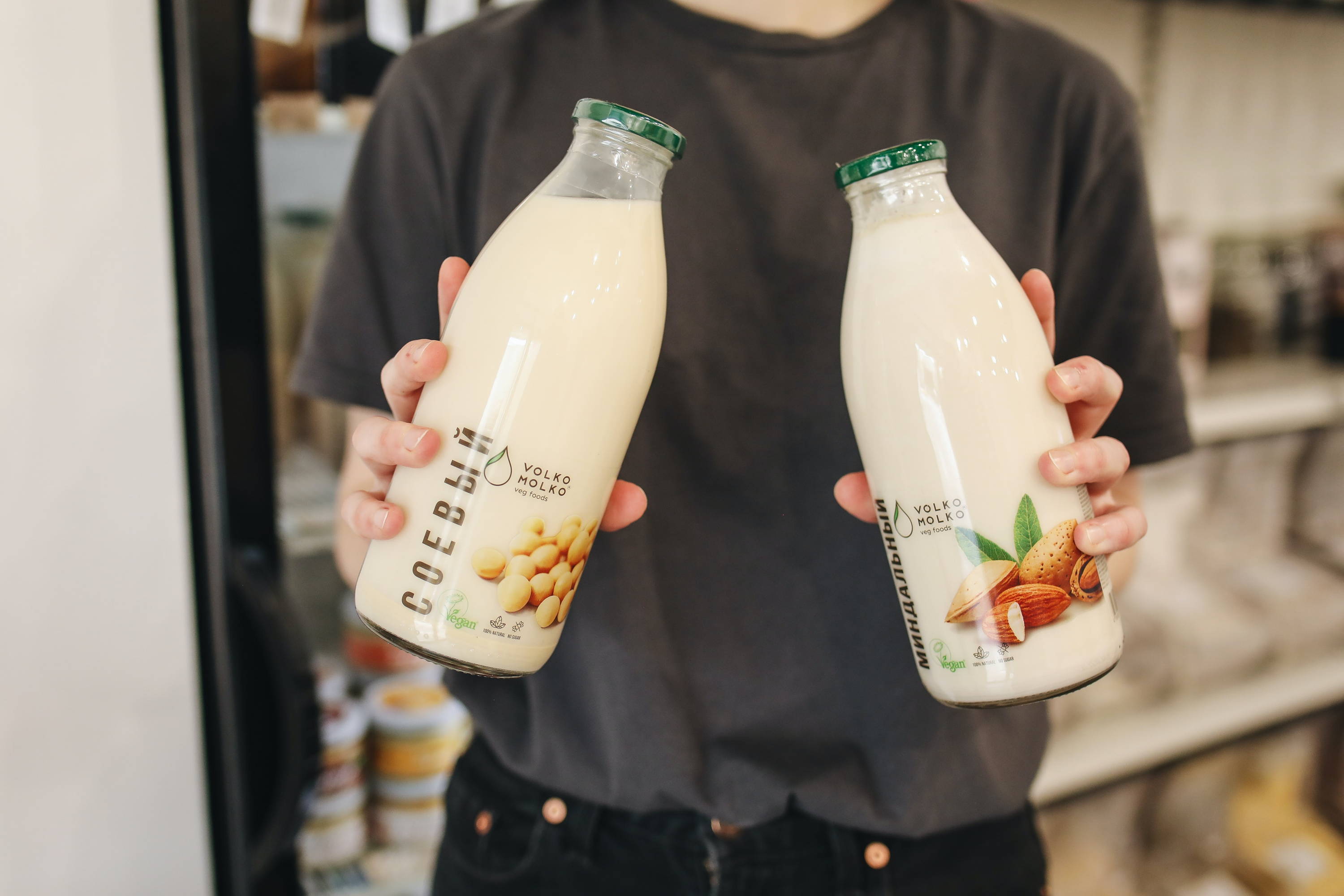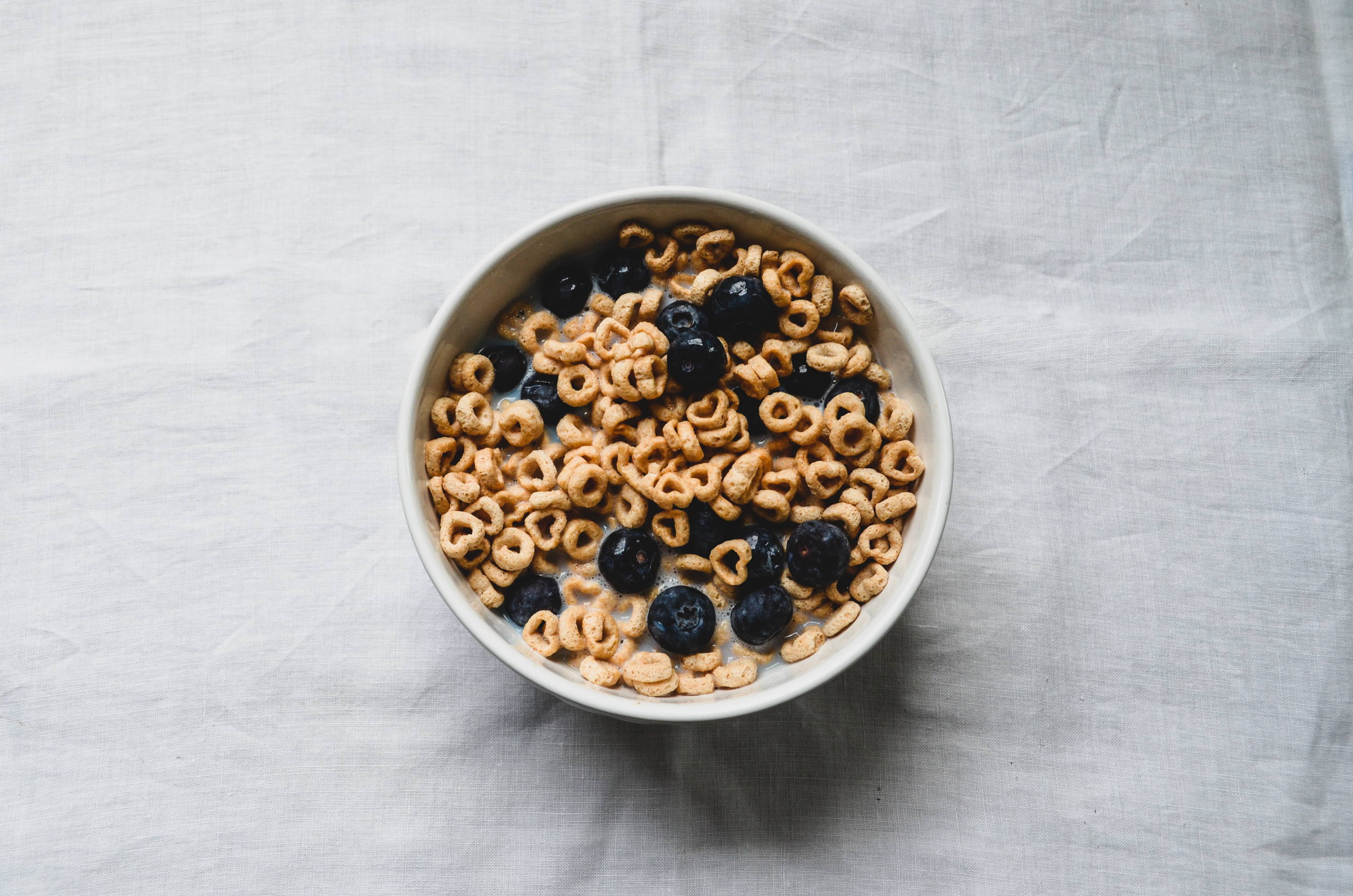The water we cannot see behind the most purchased foods
News From the world
7 november '22
Reading time: 5 minutes
Have you ever wondered how your diet affects the environment? Here we created a list that can help you find out about food's water footprint, and what alternatives you could consider to reduce your impact on our planet.
Words by Eszter Gurbicz

Picture by Linus Nyland
Though sometimes we might not consider this, what we eat doesn't only affect our body, but has an environmental impact as well. Food is a big consumer of freshwater: data suggest that food accounts for 66% of our total water consumption. According to The 71 Percent, 52.8 million gallons of water per second are required to feed the planet's population. Different products all have their water footprints, which is calculated by considering the amount of water that is needed, consumed and polluted in all processing stages of its production. Here we collected some information about common foods and their water footprint, according to Mekonnen and Hoekestra (2010), Mekonnen and Hoekestra (2011) and waterfootprint.org.

Picture by AzmanL/Getty Images
Meat is the biggest water consumer
Research found that meat, and especially red meat, requires the most water throughout its production processes: we use water to grow food for the animals, for their drinking water, as well as for meat production. To produce 1 kg of beef, we need 15 400 liters of water. The same amount of sheep meat takes 8763 liters. Pork and chicken are the least water consuming meat types, pork taking 5988 l/kg, and chicken taking 4325 l/kg.
What about eggs?
After mentioning meat, many also start to wonder about eggs. For many of us, eggs are an essential part of many of our meals, and a good replacement of protein if we decide to have a vegetarian diet. Yet due to the same reasons as meat, eggs require quite a lot of water to produce: 3265 L/kg.

Picture by Polina Tankilevitch
Dairy products VS their alternatives
Not surprisingly, other animal products, such as dairy products, also have higher water footprints. Butter takes 5553 l/kg, cheese 3175 l/kg, while dairy milk has a water consumption of 1020 l/kg. On the other hand, there are many alternatives to dairy milk, such as oat, soy, almond or coconut, some of them having a much smaller water footprint.
Since nuts are considered big water consumers, milk made out of them such as almond milk - though having a smaller impact than dairy - still has a high water footprint. It is estimated that a single glass of almond milk needs 74 liters of water. Rice milk is also a more water consuming alternative. Rice is known as the most water-intensive crop, and as such, one glass of rice milk requires 54 liters of water. Luckily, soy and oat milk, which are the most popular milk alternatives on the market, have very low water usage. This makes them the best option if we want to limit our water-footprint.
Crops with the highest water footprint
Different crops vary in terms of their water needs. However, some of the most popular crops today are considered highly water-intensive. This list includes rice, soybeans, wheat, sugar cane, and cotton. On the other side of the scale lie crops such as lima beans, pole beans, corn, peas, and sunflowers.
Nuts, as mentioned earlier, have very high water footprints. Tree nuts such as almonds, walnuts, pistachio or hazelnut, need lots of water to grow. On average, nuts are considered to be one, if not the highest water consuming foods, needing 9063 liters per kilogram.
A good alternative to nuts may be seeds. Usually grouped together with nuts in dietary recommendations, seeds have similar benefits. Yet they have a much lower water footprint. Seeds which require the least water are pumpkin and watermelon seeds.

Picture by Debby Hudson
How much is the footprint of my breakfast cereals?
Our breakfast cereals are estimated to have a water footprint of about 1644L/kg. So, if we have 25g of cereal - with a footprint of 41 liters, combined with 250 ml of dairy milk - taking a further 255 liters of water, our breakfast has an overall 286 liters of water footprint.
Fruits and vegetables: lowest water footprint
Last but not least we got to mention fruits and veggies. While their needs may slightly vary, they are considered to be some of the least water consuming foods. For example, 1kg of tomatoes require 214 liters of water, while 1kg of cabbages need 237 liters. Fruits such as bananas and apples require a bit more - 790 L/kg and 822 L/kg each - but are still on the lower end of the food water footprint scale.
Reconsider our daily habits is a great step towards a more sustainable living. Take a moment to reflect on your diet and make the changes needed to help our planet restore!







